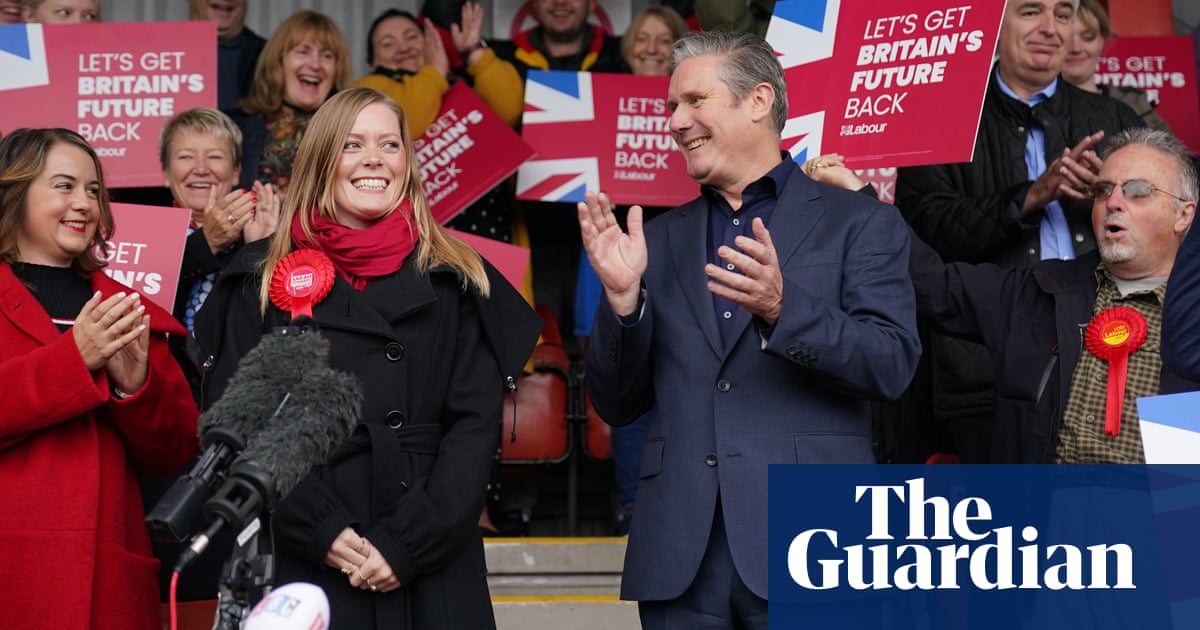
Labour is to widen the number of parliamentary seats it will consider for inclusion on its key “target list” to take in more that have rural and farming areas, and more in the central belt of Scotland, following its recent byelection victories.
The move comes as party strategists analyse the extraordinary results last week in Mid Bedfordshire and Tamworth, both of which Labour took from the Tories by overturning huge majorities, and the Rutherglen and Hamilton West contest that it won earlier this month from the SNP.
Labour sources told the Observer that the number of seats Labour would place on its final list of general election target seats would be “finite” – but that the kind of seats it was now considering for inclusion had widened because it believed the Tories had effectively abandoned large parts of the electorate that Starmer’s party had previously seen as off-limits.
The target list will not include seats that the party believes it is highly likely to win but where it knows it will have to commit big financial resources and campaigning heavyweights.
A senior Labour source said analysis of the kind of voters Labour had won over in Mid Bedfordshire, Tamworth, Rutherglen and Hamilton West, and in Selby and Ainsty back in July, where it overturned another massive Tory majority, meant it would widen the scope of possible targets.
They said: “The byelections mean we can look at different parts of the country. We are looking at who is voting for us, so in rural areas, villages, the farming community. In Scotland too, the progress we have made so far shows that we can win support across different types of voters and different demographics, so realistically we think we can win seats across the central belt. Keir now has more options [to put on the list].”
Labour is planning to keep its target list secret to keep other parties guessing, but it will be drawn up in the knowledge that Starmer needs to make a net gain of 125 seats at the general election to achieve a majority of just one.
“That number is limited,” said the source. “The money is limited and the number of Keirs is limited. The number of top-quality campaigners and organisers is also limited. But we can think of more options now.”
Labour strategists say the vast majority of their key target battles will be in seats where the party is second to the Tories or the SNP, rather than where they lie a distant third or fourth. They also do not expect to target any of the Liberal Democrats’ current total of 15 seats.
A senior insider said the Tories had effectively abandoned large numbers of their traditional voters, particularly by failing to build new homes or offer a decent housing policy.
“By not having a strategy to build homes, they locked so much of the electorate out of the economic model they want to preserve and left a space for us to take Thatcher’s rhetoric from the 80s on right to buy and the freedom to own.”
Labour secured a 24-point swing in Tamworth – its second-highest byelection swing ever – as Sarah Edwards won with a 1,316-vote majority. In Mid Bedfordshire, Alistair Strathern won with a 20.5-point swing. It was the biggest majority overturned by Labour since 1945.












